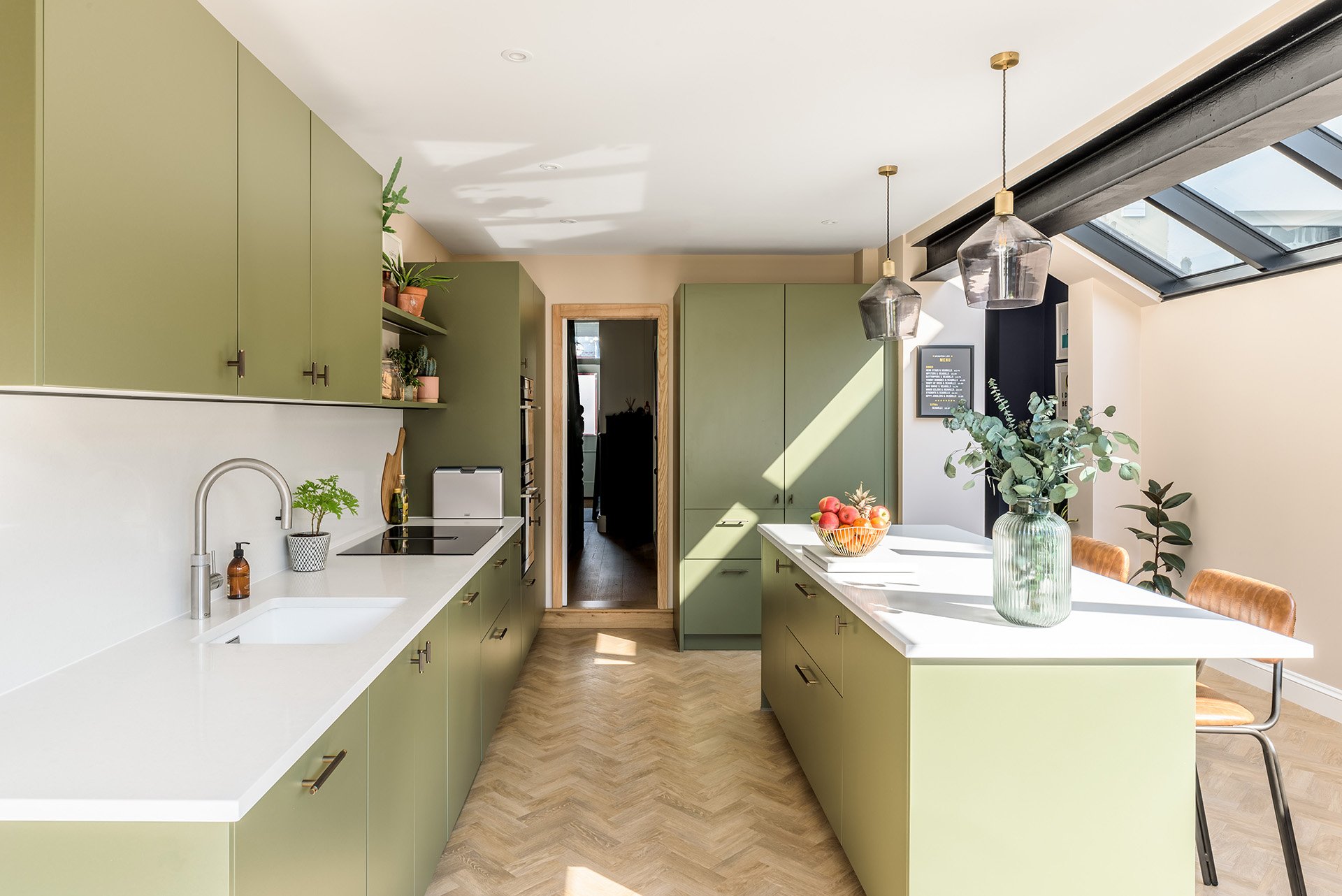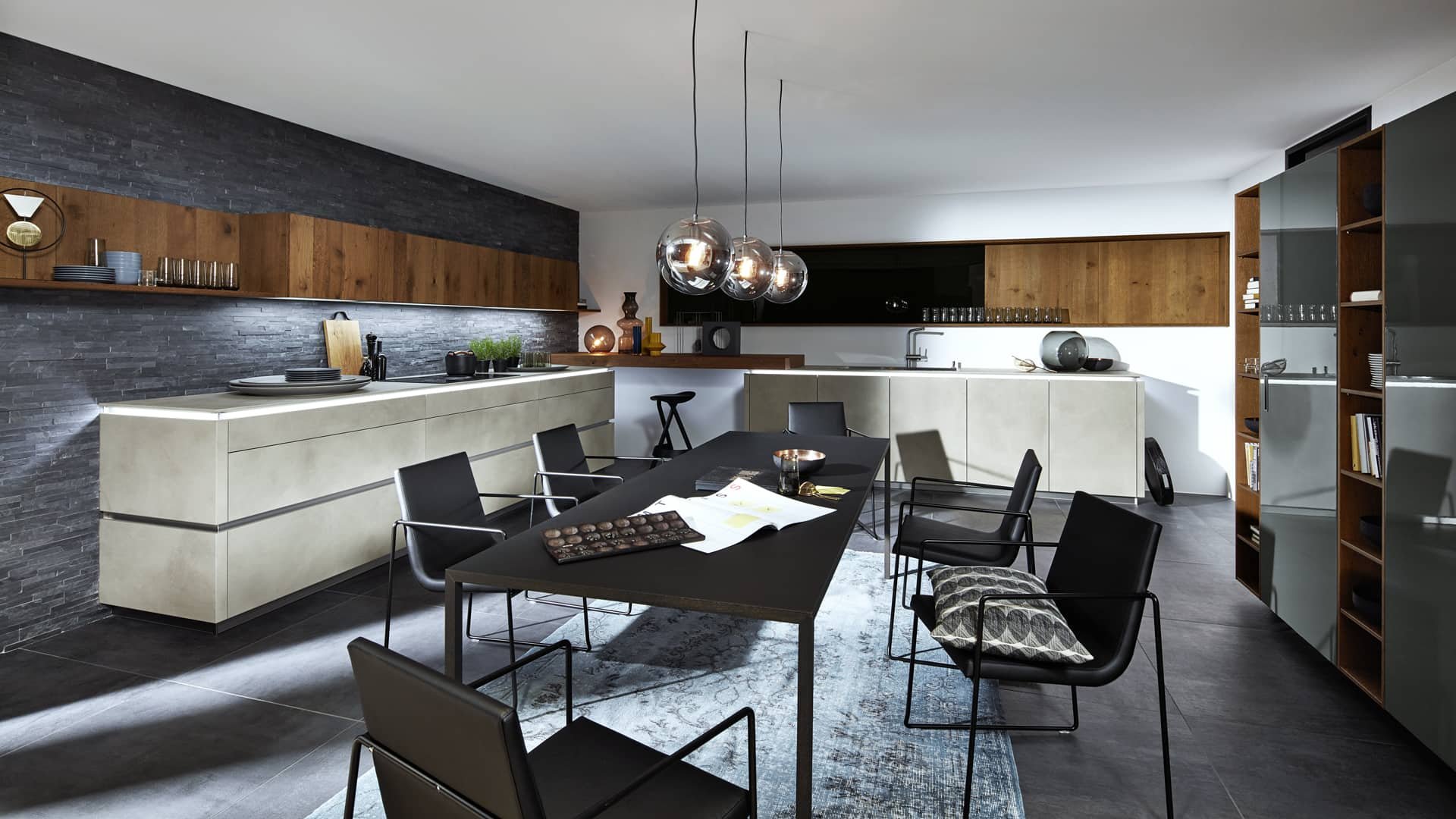
Your Guide to Designing the Perfect Kitchen
Designing a kitchen is one of the most exciting projects for any home. It’s not just about aesthetics—it’s about creating a space that works for you every day, whether you’re whipping up a quick meal, entertaining guests, or spending time with family. A successful kitchen design balances beauty, practicality, and efficiency, creating a hub that feels both functional and personal. Let’s dive into the key steps in creating a kitchen that’s both striking and suited to your lifestyle.
Assessing Your Needs and Vision For Your Kitchen Design
Before you start picking out countertops and cabinets, it’s essential to step back and think about how you use your kitchen. This is the core of great kitchen design. Are you someone who loves to host dinner parties and needs ample prep space, or is your kitchen more of a family gathering place where everyone pitches in? Understanding your lifestyle and cooking habits can guide your choices in layout, storage, and appliances.
For example, if storage is your pain point, your design should prioritise smarter cabinet solutions and perhaps even a pantry. On the other hand, if you’re after a more social space, an open-plan layout with an island could be perfect for you. Take stock of the features you love in your current kitchen and those you can’t wait to leave behind—this will ensure that your new kitchen is tailored to your exact needs.
Finding the Perfect Layout for Your Space
Once you’ve nailed down your priorities, it’s time to focus on the layout. A well-planned kitchen layout can make all the difference between a cramped, inefficient space and one that flows naturally. One of the most popular rules in kitchen design is the work triangle, which ensures that your sink, stove, and refrigerator are positioned to make movement between these three essential areas easy and intuitive.
Different layouts work for different spaces:
L-shaped kitchens work well in both small and open-plan homes, offering flexibility and efficient use of corners.
U-shaped kitchens give you plenty of worktops and cabinet space, making them ideal for larger spaces or those who love cooking with lots of gadgets.
Galley kitchens are a fantastic option for narrow spaces, ensuring everything is within easy reach.
For larger kitchens, adding an island or peninsula can create a multifunctional centrepiece that works as extra prep space, a dining area, or even a spot for socialising.
Your kitchen design should reflect your needs and make daily tasks easier and more enjoyable.
Selecting Kitchen Materials and Finishes That Match Style and Practicality
Now for the fun part—choosing the materials and finishes that will bring your kitchen design to life! Cabinets, worktops, flooring, and splashbacks not only define the overall look of your kitchen but also play a major role in its functionality.
Cabinets: This is often the first thing people notice in a kitchen, so think about the style that reflects your taste. Sleek, flat-panel cabinets give a modern edge, while shaker-style offers a timeless, traditional feel. Whichever you choose, focus on durable materials that will withstand the test of time.
Worktops: You want something that’s both durable and beautiful. Quartz and granite are top choices for their elegance and hardiness, while laminate offers a budget-friendly, versatile option that comes in countless finishes.
Flooring: Your kitchen floor must handle everything from spills to heavy foot traffic, so it needs to be tough. Tiles, engineered wood, and luxury vinyl are all excellent choices that balance practicality with style.
Splashbacks: While their primary job is to protect your walls, splashbacks can also inject some personality into your design. From classic subway tiles to bold glass panels, they offer a fun way to add texture or colour.
Maximising Kitchen Storage Solutions
Clutter is the enemy of any well-designed kitchen, which is why planning for storage is absolutely essential. Consider your storage needs early in the design process—there’s nothing worse than realising you don’t have enough space once everything is installed!
Deep drawers are perfect for pots and pans, pull-out racks can organise spices, and clever corner solutions (like carousels or pull-out shelving) can ensure no space goes unused. If your kitchen has high ceilings, tall cabinets can provide extra storage for items you don’t need every day, keeping your worktops free of clutter. The best kitchen designs make storage feel effortless, so everything has its place.
Lighting: Setting the Mood and Ensuring Functionality
Lighting is key in making your kitchen both functional and inviting. Good kitchen lighting should include three types: ambient, task, and accent.
Ambient lighting provides overall brightness, setting the tone for the room. Recessed ceiling lights or a well-placed chandelier can work wonders in making the space feel welcoming.
Task lighting is crucial for food prep areas like countertops, sinks, and cooking spaces. Under-cabinet lighting is a popular choice because it illuminates your work area without harsh shadows.
Accent lighting adds personality to the space, highlighting design features like open shelving or splashbacks. Pendant lights over an island or dining area can double as a style statement while providing extra lighting.
Adding Personality and Finishing Touches
The finishing touches are where you can truly make your kitchen your own. The colour palette you choose will have a major impact on the atmosphere—neutrals like white, grey, or beige offer a timeless feel, while adding a pop of colour through cabinetry, splashbacks, or accessories can make your kitchen stand out.
Choosing the right hardware for your cabinets and drawers, like handles and knobs, can also add a stylish touch. Finally, don’t forget about personal decor—plants, artwork, and even a feature light fixture can bring warmth and character to your space.
Creating a Kitchen You’ll Love for Years
Designing a kitchen is about more than just picking out pretty finishes—it’s about crafting a space that works for you. By focusing on your needs, planning an efficient layout, and choosing quality materials, you can create a kitchen that you’ll love to use every day. Remember, your kitchen should reflect your personality and make your life easier, and with a well-thought-out design, that’s exactly what it will do.
Whether you’re transforming a small kitchen into a cosy haven or turning a large space into a cooking paradise, the steps in this guide will help you design a kitchen that’s both beautiful and functional for years to come.





